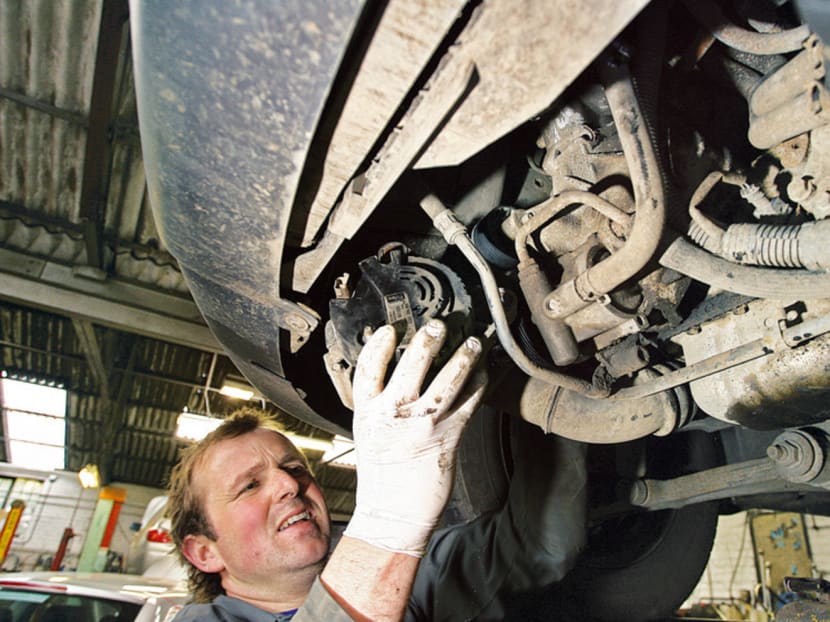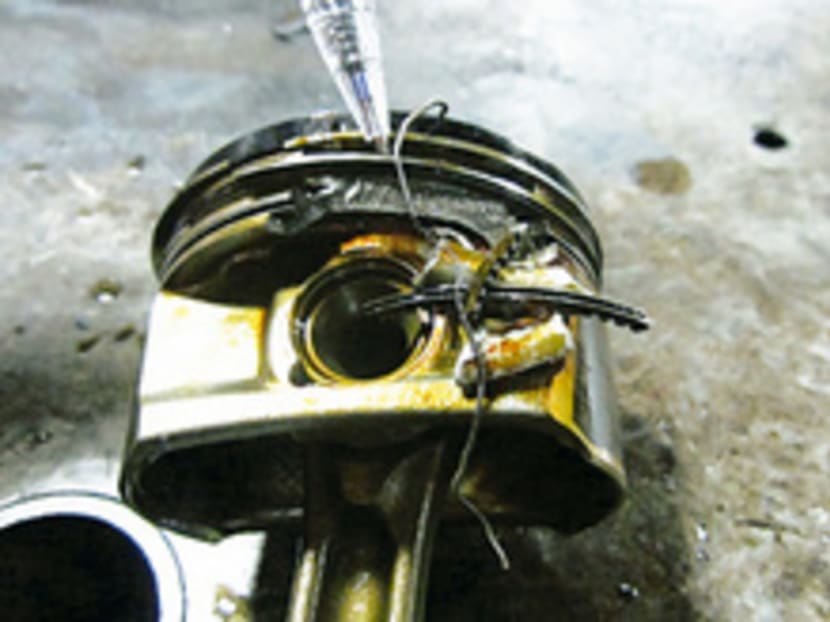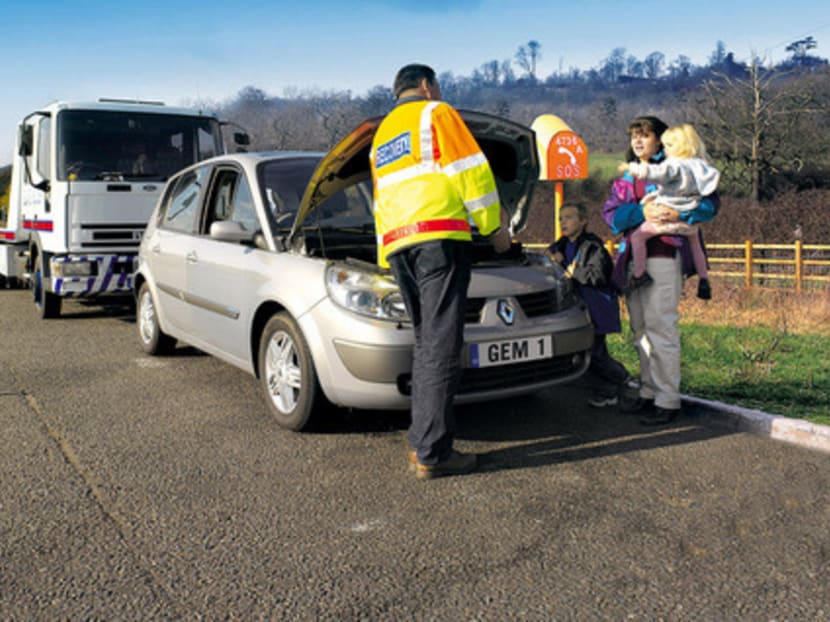Road to Ruin
Singapore — Modern cars are very reliable devices. Considering the thousands of mechanical and electronic parts they carry, it’s quite amazing that they deliver, for most of us most of the time, trouble-free operation.



Singapore — Modern cars are very reliable devices. Considering the thousands of mechanical and electronic parts they carry, it’s quite amazing that they deliver, for most of us most of the time, trouble-free operation.
They aren’t, however, invulnerable to constant abuse, misuse and neglect. Here are three ways you could be killing your car, and here’s how to stop your wicked ways.
Skipping servicing
Servicing your car, despite the usual half- to one-day wait all car owners despise, is actually rather important. A regular car service involves an oil change, cleaning or replacement of the air filter and checking all the important systems like brakes and lights.
So what would happen if you do not service your car regularly? “There have been a few cases where drivers didn’t send their cars for scheduled service until it was too late,” said Jean-Charles Dahout, an aftersales manager at Cycle & Carriage Industries, which runs the dealerships for Citroen, Kia, Mitsubishi and Mercedes-Benz here. “The outcome was quite severe: Complete engine failure requiring a total replacement of the entire engine unit.”
The chief cause of this is a lack of lubrication, which causes parts of the engine to overheat due to friction, eventually making the pistons seize in the cylinder.
As oil ages, it collects dirt and particles — the sort of bad stuff that should be removed with an oil change — until it becomes sludge. The oil itself breaks down and its lubricating qualities can deteriorate until it’s no better than water, said Jean-Charles.
For local conditions, it only takes tens of thousands of kilometres. “Beyond 20,000km, it starts to happen, and above 30,000km to 40,000km, you’re in the danger zone. It’s really a gamble from then,” said Jean-Charles.
If a piston seizes, how much would it cost to fix? It could cost the same as replacing the whole engine, which is upwards of S$10,000 on a typical family car, according to Jean-Charles.
The solution is simply to send your car for its scheduled service. For modern cars, this is usually every 10,000km or so, but check with your authorised dealer.
Using non-genuine parts
The second thing that puts your car (not to mention the driver) at risk is using non-genuine parts.
Fake car parts are more common than you think. UK paper The Telegraph said the global market for counterfeit car parts may run into billions of dollars.
And if it seems like a faux part will do the job just as well as a legitimate one, the short answer is no.
Something as seemingly innocuous as a fake oil filter — a genuine Mitsubishi oil filter from Cycle & Carriage costs less than S$15 — can lead to engine failure.
An ill-fitting or low-quality air filter could let dirt particles enter the engine, where they act like sandpaper and grind down the cylinder walls. Over the long term, that invites a costly engine rebuild.
You can avoid fake parts by always having your car serviced at an authorised dealer.
That needn’t be ruinously expensive. Servicing a Mercedes-Benz C-Class at authorised dealer Cycle & Carriage costs as little as S$360.
That’s well within a luxury car owner’s means, presumably, and is cheap insurance against the possibility of fake parts finding their way into your car.
Blowing hot when it’s cold
Lubricant specialist Castrol claims 75 per cent of engine wear happens during warm-up, while some studies have shown that up to 90 per cent of engine wear occurs just after a cold start.
That’s because the oil that lubricates an engine tends to trickle down into the sump overnight, and after that first start-up of the day, it takes a few moments to circulate through the engine again.
Those early seconds of un-lubricated running are when the engine is most vulnerable to internal wear.
If you’ve ever rushed down to the car in the morning and scooted off at top speed because you got up late, you’ve just helped to destroy your engine that little bit faster.
Instead, drive as gently as possible after a cold start.
There’s no need to warm up the engine for a few minutes before setting off, but you should always drive gingerly until the engine’s temperature gauge shows that it has reached its normal operating temperature.





